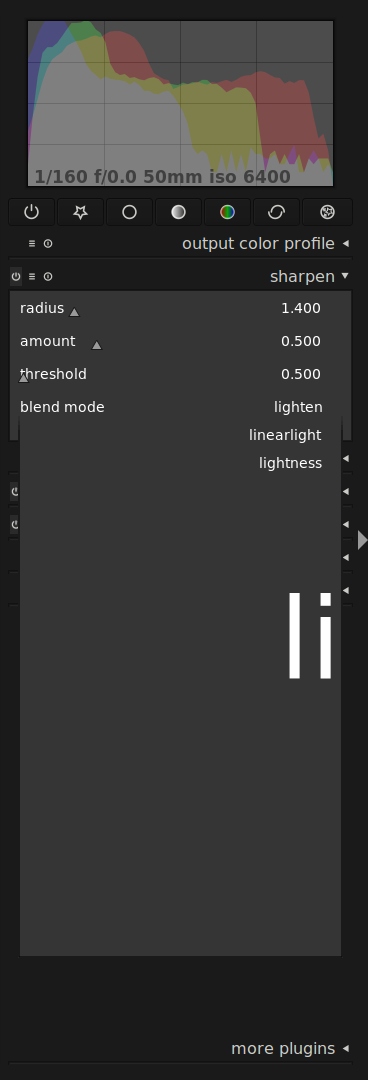

In this module, time is simulated using the number of iterations (the number of times the algorithm runs on top of itself). Some “fast” presets are also provided for use on systems without OpenCL.ĭiffusion is a time-dependent process: the more time it has, the further the particles can spread. The module’s runtime increases with the number of iterations and OpenCL is therefore strongly recommended. Note: This module is highly resource-intensive, as it is actually an anisotropic, multiscale, partial differential equation solver. create random patterns and textures by increasing noise (over time, with iterations, noise will connect with neighbours to create random specks).simulate line drawing or watercolor (use the simulate line drawing and simulate watercolor presets),.Since the process is physical, even its glitches may be used for creative purposes. apply a surface blur (use the surface blur preset).denoise in an edge-preserving way (use one of the denoise presets).inpaint missing or damaged parts of an image (use the inpaint highlights preset),.create a bloom or Orton effect (use the bloom preset),.Note that motion blurs cannot be reverted by undoing the diffusion process, as they are not diffusive in nature. add extra acutance for better legibility (use the local contrast preset).remove atmospheric haze (use the dehaze preset),.reverse static lens blurring/defocusing (use one of the lens deblur presets),.recover the original image from sensors with an anti-aliasing filter or mitigate the blur created by most demosaicing algorithms (use the sharpen sensor demosaicing preset and move the module before the input color profile module in the pipeline),.The diffuse or sharpen module uses a generalized physical model to describe several kinds of diffusion, and can be used by image makers to either simulate or revert diffusion processes.Īs it is a highly technical module, several presets are provided to demonstrate its use for various purposes. In both cases, diffusion makes the image less sharp by “leaking” particles and smoothing local variations. diffusion of pigments in wet inks or watercolors.

diffusion of photons through lens glass (blur) or humid air (hazing),.In image processing, diffusion mostly occurs in two places: Diffusion is a family of physical processes by which particles move and spread gradually with time, from a source that generates them.


 0 kommentar(er)
0 kommentar(er)
